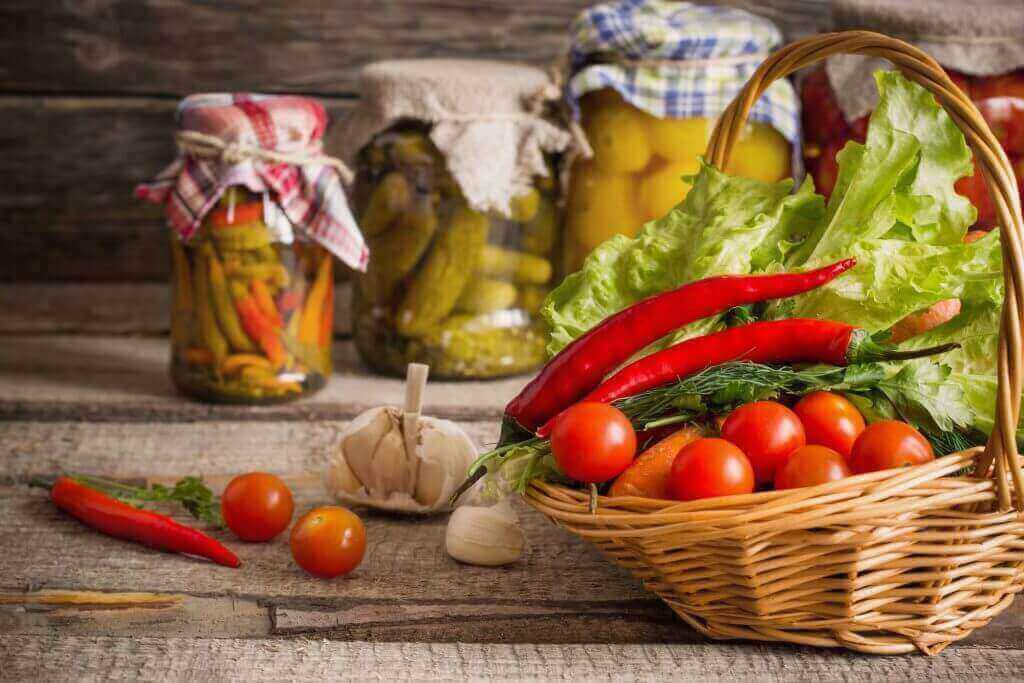Home canning is essential to preserving vegetables and fruits for a long time. This technique is safe for home canning vegetables and canning fruits and vegetables with lemons or limes. When you learn how to can vegetables at home safely, you will know exactly how to prepare and store them to make them last for a long time.
Which Vegetables are Best to Can?
Canning tomatoes and squash with a pressure canner is a great, inexpensive way of preserving your favorite fresh tomato and squash. The majority of home canning recipes call for either canning tomatoes or canning squash. Squash is easier to can because it is much more delicate. It is possible to can tomatoes and squash with a low pressure canner because there is less water loss.
Other good home canning vegetables include beets and carrots. Both these vegetables are great for canning. Remember, carrots can easily get destroyed by steam so be careful not to over-steam. It is important to remember that tenderized beets and carrots can still absorb some of the acid from the canning process.
Other canning vegetables are foods such as asparagus, peaches and strawberries. Asparagus requires to be caneled because it easily cooks in its own juices and will lose most of its vitamins. The same is true for peaches and strawberries; they too can easily lose much of their vitamins when exposed to the air. For asparagus and peaches, it is best to use a canner to preserve them. Strawberries can also be successfully caneled when placed in a quart jar with a tight fitting lid.
Supplies Needed for Canning:
It is also very important to properly can vegetables with lids to ensure that they retain all the vitamins and nutrients in them. Properly canning vegetables with lids prevents the loss of vitamins and minerals that are part of the skin of the vegetables. There are different types of canning jars available for canning vegetables and fruits. Snap jars (also called waxed glass jars) are best to use because they are self-cleaning and do not require any extra process when canning. You can place these jars directly on the stove.
To fully understand how to can vegetables, one must first know about how the vegetables retain their freshness. First, let us explain how tomatoes retain their freshness; through the process of lyophilization. During this process, the tomatoes’ outer skin, including the stem, is destroyed leaving a soft, sweet and fleshy center. This remains intact until ready to eat. Through the repeated process of canning, you can preserve the center longer making it tastier and healthier.
Place Canning vegetables (except tomatoes) in its own juice in the canning jars at room temperature, but only for a short period of time. You’ll need to remove them from the pressure after a a day of sealing. Do not place them in a Tupperware container or brown paper bag for any length of time.
How long the vegetables should be cooked is dependent upon your recipe. The standard recommendation is for about ten minutes to one hour, but this can depend upon the type of recipe. You’ll want to cook tomatoes and other green leafy vegetables until softened and they appear cooked or when liquid begins to form when squeezed.
